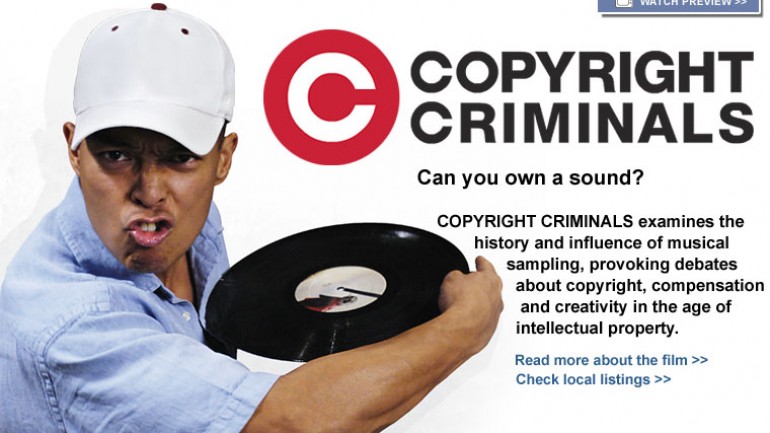Copyright Criminals examines the creative and commercial value of musical sampling, including the related debates over artistic expression, copyright law and billions of dollars.
Long before people began posting their home-made video mashups on the websites like Youtube and vimeo, hip-hop musicians were perfecting the art of audio montage through sampling.
Sampling (riffing) is as old as music itself, but new technologies developed in the 1980s and 1990s made it easier to reuse existing sound recordings.
Hip-hop acts like Public Enemy, De La Soul and the Beastie Boys created complex rhythms, references and nuanced layers of original and appropriated sound.
By the early 1990s, sampling had collided with the law. When recording industry lawyers got involved, what was once called “borrowed melody” became copyright infringement.
Copyright Criminals provides first-person interviews with artists who have been sampled, such as Clyde Stubblefield — James Brown’s drummer and the world’s most sampled musician, and commentary by another highly sampled musician, funk legend George Clinton.
Computers, mobile phones and other interactive technologies are changing our relationships with media, blurring the line between producer and consumer and radically changing what it means to be creative.
As artists find more inventive ways to insert old influences into new material, Copyright Criminals poses the question: Can you own a sound?




0 Comments / User Reviews